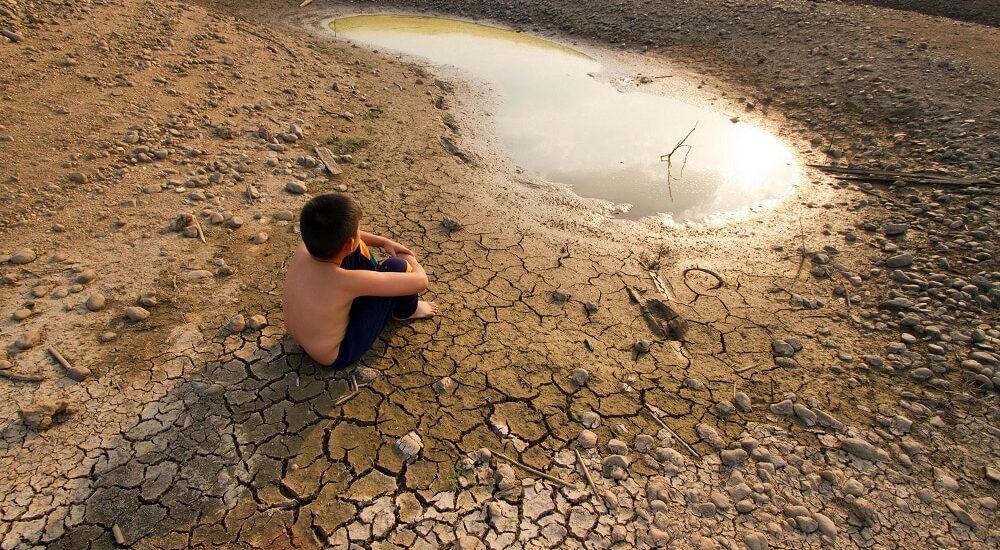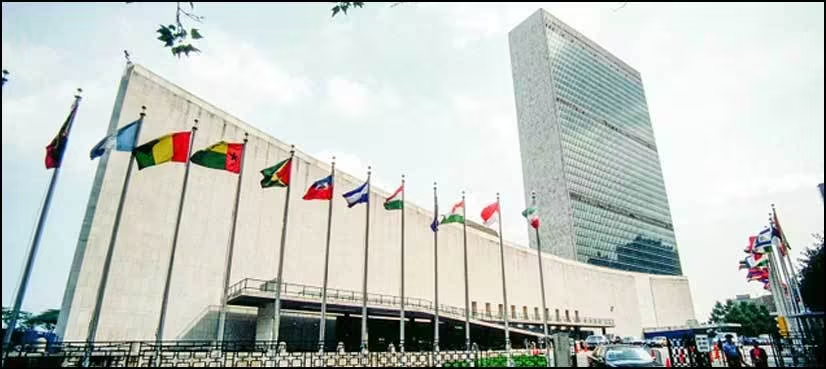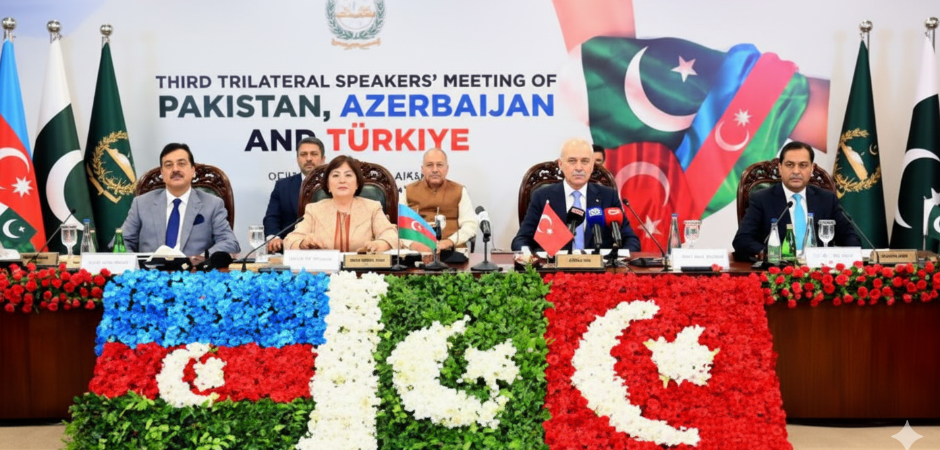
The United Nations has recently released the World Water Development Report 2023, which provides a troubling outlook on the increasing global water scarcity due to climate change. The report highlights that seasonal scarcity will continue to rise, creating an imminent international crisis.
The report also notes that approximately 26% of the world’s population does not have access to safe drinking water, while around 46% lack access to adequately managed sanitation services. The UN Conference on global water scarcity, the first in almost fifty years, began on Wednesday, following the release of the report.
The report outlines that the global consumption of water has risen by approximately 1% annually over the past four decades and is expected to continue increasing at a similar rate until 2050. Population growth, socio-economic development, and changing consumption patterns are driving the rising demand for water.
The report emphasizes the significant discrepancy in the availability of water and its usage across various regions worldwide. It highlights the need to bridge the gap to ensure that all people have access to clean water by 2030. The estimated cost of meeting these goals is projected to be between $600 billion and $1 trillion per year.
Currently, about 10% of the world’s population resides in countries where water stress is considered high or critical. Additionally, the agricultural sector accounts for over 70% of water consumption. However, due to the increasing urban population, water allocation from agriculture to urban areas has become a common strategy to meet freshwater needs.
Finally, the report warns that climate change will exacerbate seasonal water scarcity in areas where it is currently abundant, such as Central Africa, East Asia, and parts of South America. Conversely, regions where water is already in short supply, such as the Middle East and the Sahara in Africa, will face even worse water scarcity due to climate change.
Topics #featured #News




